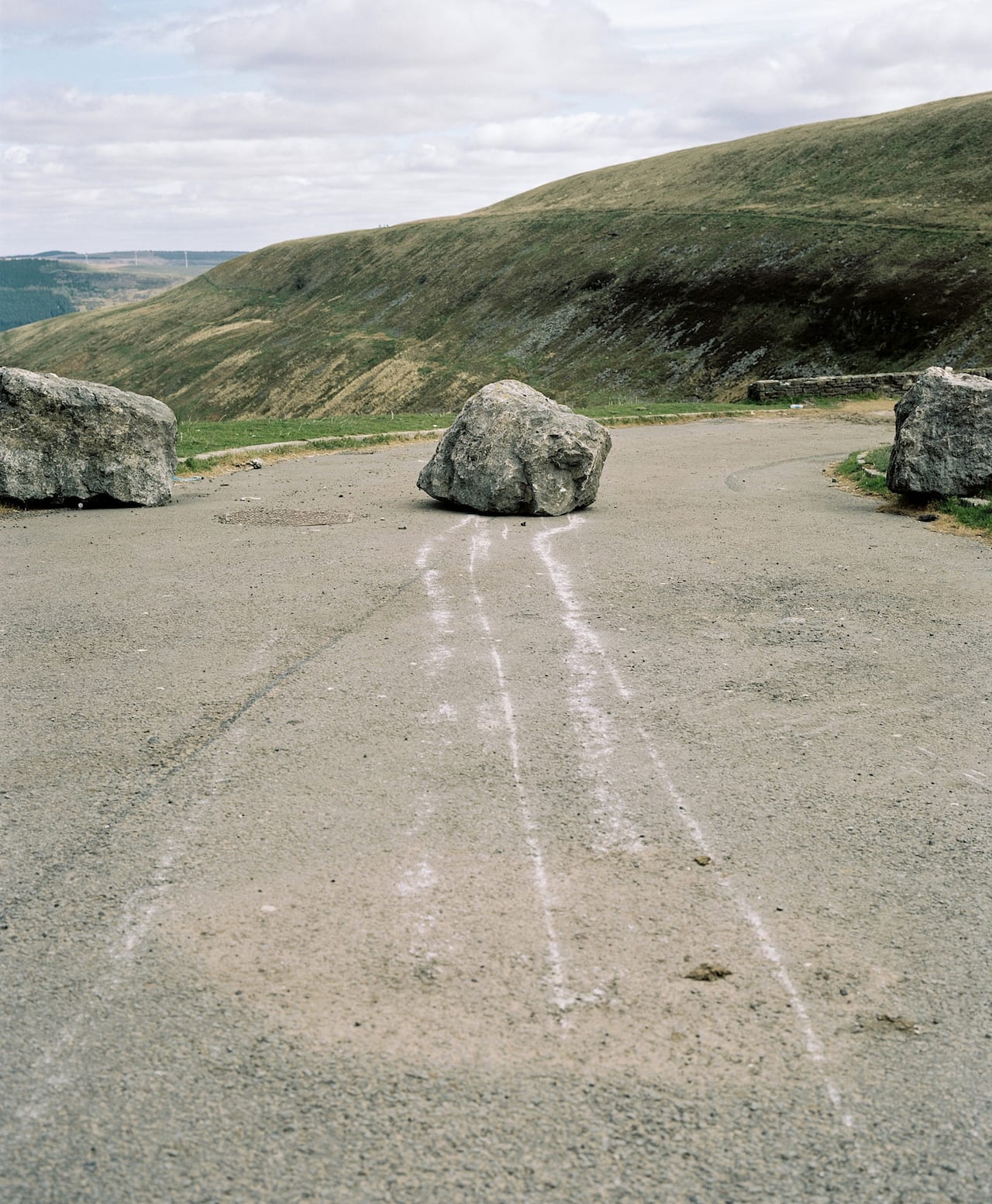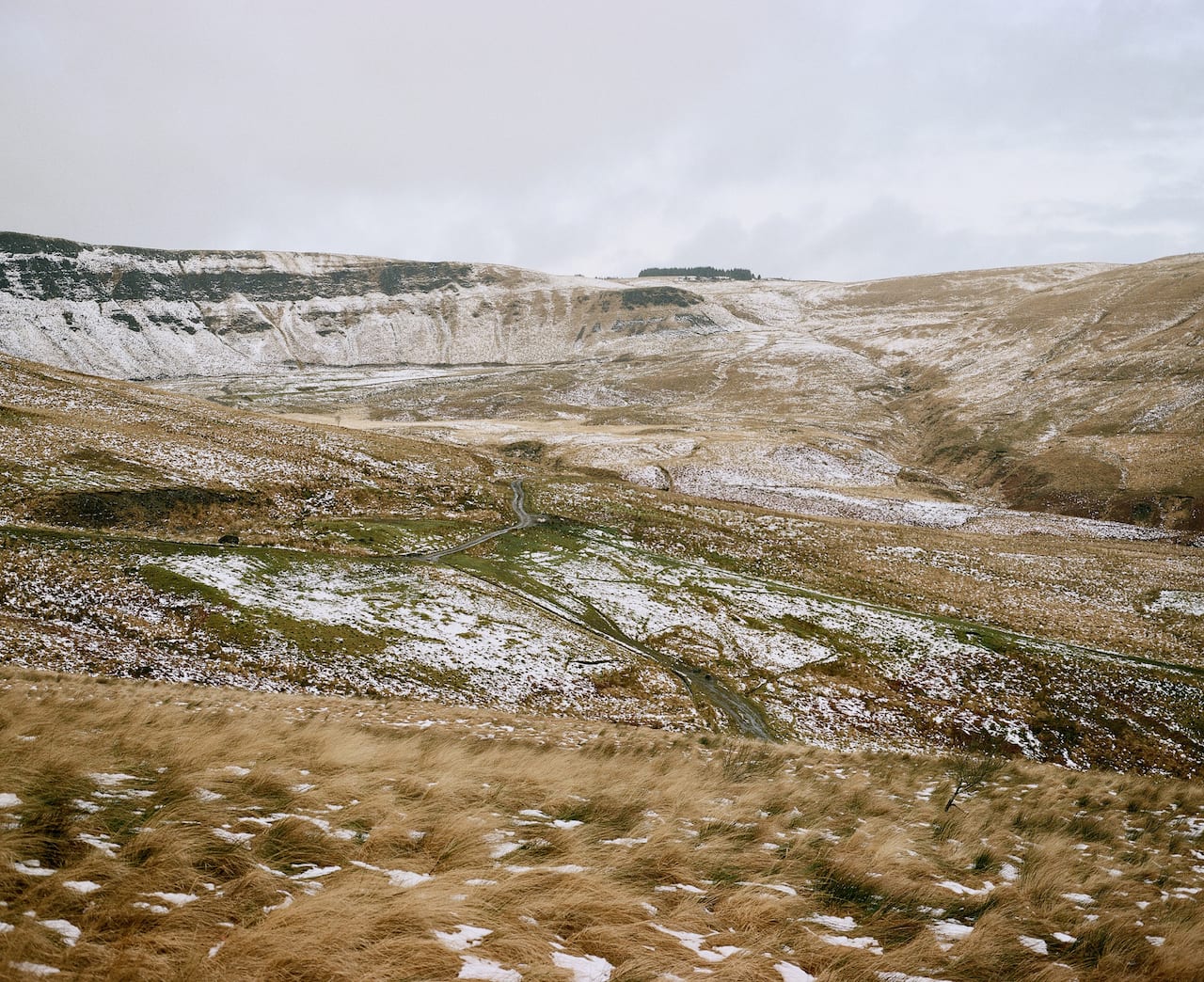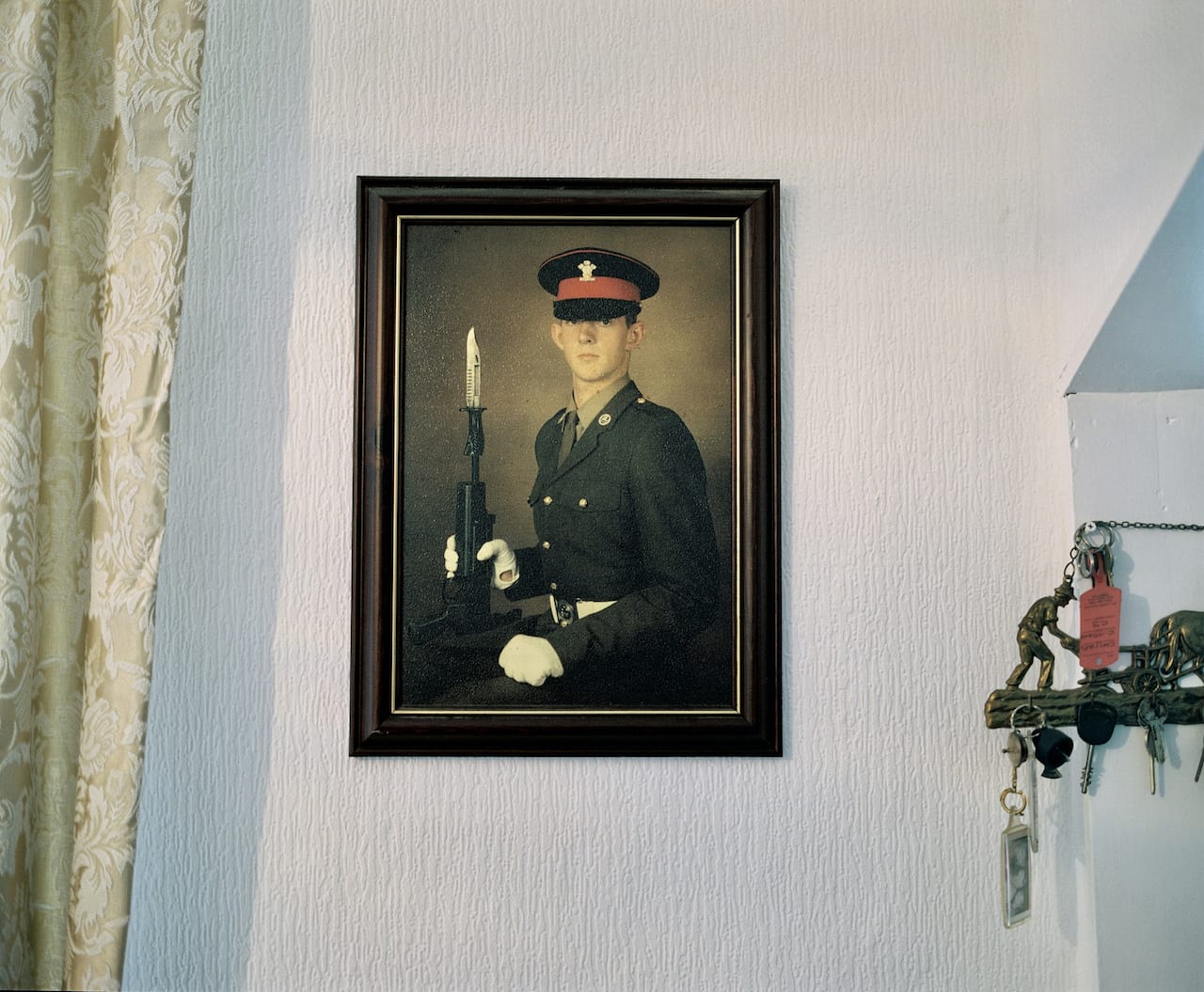In his latest book, Gap in the Hedge, Dan Wood looks at how a place affects the way you see the world around you, how it can open your mind to new vistas, create spaces for your imagination to run wild, and make an identity that is rooted in the landscape in ways that can be expanding or limiting.
The title refers to Bwlch-y-Clawdd, the mountain pass that joins Bridgend to the former mining communities of the Rhondda Valley. Built in 1928, the road was Wales’ biggest construction project at the time, intended to lift the Rhondda out of its over-reliance on coal mining. And it was some reliance. At its coal-mining peak, South Wales produced one third of global coal exports, with large numbers of migrants moving in to mine the coal, making it a surprisingly diverse community for a place that is still regarded as quintessentially Welsh.
That idea of Welshness, of the effect that landscape has on identity, is pursued by Wood in the book. It’s a nostalgic idea, one influenced by the memory of staring out from the seat of his mum’s car at the hillsides, forests and rocks as they made their weekly childhood journey to visit relatives in the hills beyond their home in Bridgend. The first image in the book shows that journey, the mountain pass winding up through a scrubland of rocks and parched grass. It’s a moonscape with trees, and you can feel the boyhood sense of wonder lingering in the adult Wood’s mind. He’s going into a place that is shrouded in mystery and romance.

He begins the book revelling in the otherworldliness of the region and its people; a man sits astride a horse on the edge of a village street, the hillside rising beyond him, a land in which dragons dwell. There are forest fires, hillside hideouts and tumbling rocks. It does feel like the back of beyond. The hills are ever present. They rise above rows of terraced houses that line the only contours where it’s fit to build. Neither manufactured enough to be picturesque nor grand enough to be sublime, these hills go beyond nostalgia and have a bleakness to them that defies any attempt to tame their view. There is one green field filled with sheep, but dry-stone walls mark this patch off as an intrusion on the rule.
Away from the hills, Wood shows people seeking their comforts in their village environments; they race pigeons, grow vegetables, and make home brew. The landscape world seems separate from the domestic world, but it seeps across like the mist that envelopes the hillside. There is no escaping it. What does it mean to grow up in this environment, Wood asks throughout Gap in the Hedge? It’s a question he posed in earlier work, such as Suicide Machine, a project that queried what it would be like for his daughter to grow up in Bridgend, a town renowned around the world for its high rate of teenage suicides. There was an underlying feeling of neglect in Suicide Machine, and a similar sentiment is apparent in Gap in the Hedge.
What happens within the confines of a village or a valley affects how you connect to the outside world, and what happens in the outside world affects how you experience your village or valley. Your horizons can widen or, in the age of Brexit, they can narrow. And when that happens, there is no real escape from the place you inhabit. However much you might seek your comfort, there is an underlying sense that the hills have eyes, they look down on you, they become part of you. Unless you seek an opening, unless you look for the ‘gap in the hedge’, these are hills that close you in, the valleys becoming a bowl that will constrict your world.
www.danwoodphoto.com Gap in the Hedge is published by Another Place Press, priced £35 anotherplacepress.bigcartel.com


